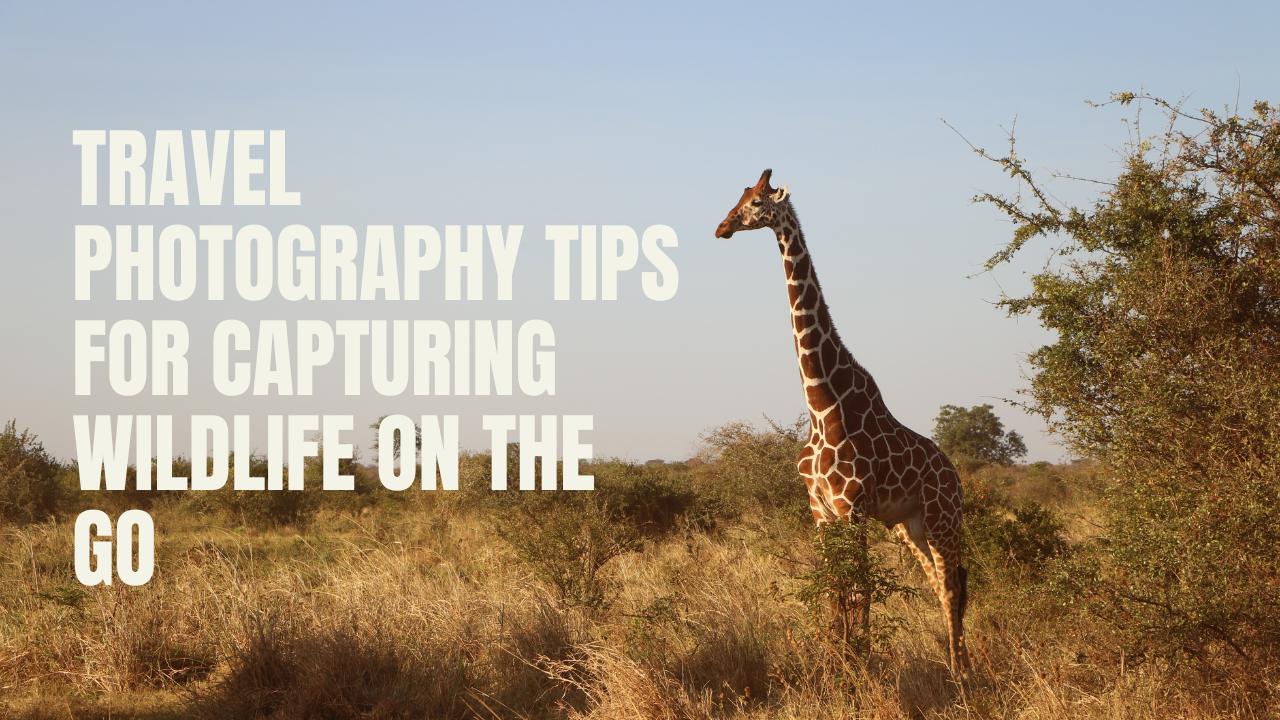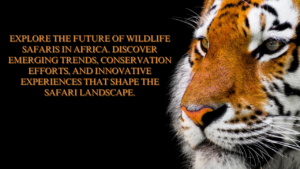Wildlife photography is one of the most rewarding yet challenging forms of Travel photography tips. Whether you’re deep in the jungle, on a safari, or even capturing birds in your local park, the ability to document wildlife in its natural habitat is an incredible skill. Here are some essential tips to elevate your wildlife photography while traveling.
Introduction
Wildlife photography is one of the most rewarding yet challenging forms of Travel photography tips. Capturing animals in their natural habitat requires patience, skill, and the right equipment. Whether you’re trekking through the savannah or wandering through a dense jungle, these tips will help you take stunning wildlife photos on the go.
1. Research Your Destination for Travel photography tips
Know the Wildlife in the Area

Before heading to any destination, learn about the wildlife you’re likely to encounter. Knowing their habits, active hours, and natural habitats will give you an advantage in capturing the perfect shot.
Understand the Best Time to Visit Travel photography tips
Many animals are more active during certain seasons or times of the day. Research migration periods, mating seasons, and feeding hours to plan your photography schedule accordingly.
2. Choose the Right Gear for Travel Photography Tips
Camera and Lens Selection
A DSLR or mirrorless camera with a telephoto lens (200mm or more) is ideal for wildlife photography. A wide aperture (f/2.8 – f/5.6) helps capture sharp images in low light conditions.
Use a Tripod or Monopod
A stable camera setup is essential, especially for long-distance shots. A lightweight monopod or tripod provides stability without weighing you down.
Extra Batteries and Memory Cards
Wildlife moments are unpredictable. Always carry extra batteries and memory cards to ensure you never miss a shot.
3. Master Your Camera Settings
Use a Fast Shutter Speed

Fast-moving animals require a fast shutter speed (1/1000s or faster) to capture sharp images without motion blur.
Adjust ISO and Aperture
Increase your ISO in low-light conditions but balance it to avoid noise. Use a wider aperture to keep the subject in focus while blurring the background.
Shoot in Burst Mode

Continuous shooting mode helps capture multiple frames in quick succession, increasing the chances of getting the perfect shot.
4. Focus on Composition
Rule of Thirds
Position the subject off-center using the rule of thirds to create a more dynamic composition.
Get Eye-Level with the Subject
Shooting at the animal’s eye level provides a more intimate and engaging perspective.
Use Leading Lines
Incorporate natural lines, such as tree branches or water streams, to draw attention to your subject.
5. Be Patient and Respectful
Blend into the Environment
Wear neutral-colored clothing and minimize movement to avoid startling the wildlife.
Wait for the Right Moment
Great wildlife shots require patience. Observe animal behavior and anticipate their movements for the perfect frame.
Respect the Wildlife and Habitat
Do not disturb animals for a shot. Always follow ethical wildlife photography guidelines and respect nature.
6. Make Use of Natural Light
Golden Hour Photography

Early morning and late afternoon provide soft, warm light, enhancing your wildlife photos.
Avoid Harsh Midday Sun
Harsh sunlight creates unwanted shadows and overexposed highlights. Use shade or adjust your exposure settings to compensate.
7. Experiment with Different Angles and Perspectives
Silhouettes and Backlighting
Shoot against the light to create dramatic silhouettes of animals in their natural surroundings.
Close-Ups and Details
Capture intricate details like fur textures or unique patterns on an animal’s body.
Wide-Angle Shots for Context
Include landscapes in your shots to show the animal in its natural habitat.
8. Edit and Enhance Your Shots
Use Editing Software
Apps like Lightroom and Photoshop help enhance colors, sharpness, and contrast.
Adjust Exposure and White Balance
Fine-tune brightness and color tones to make your images pop.
Crop for Better Composition
Minor cropping can improve framing and remove distractions from the background.
Conclusion
Wildlife Travel photography tips while traveling is a thrilling experience that requires preparation, patience, and the right techniques. By understanding your environment, using proper gear, and practicing composition and lighting, you can capture breathtaking images of animals in their natural habitat.




